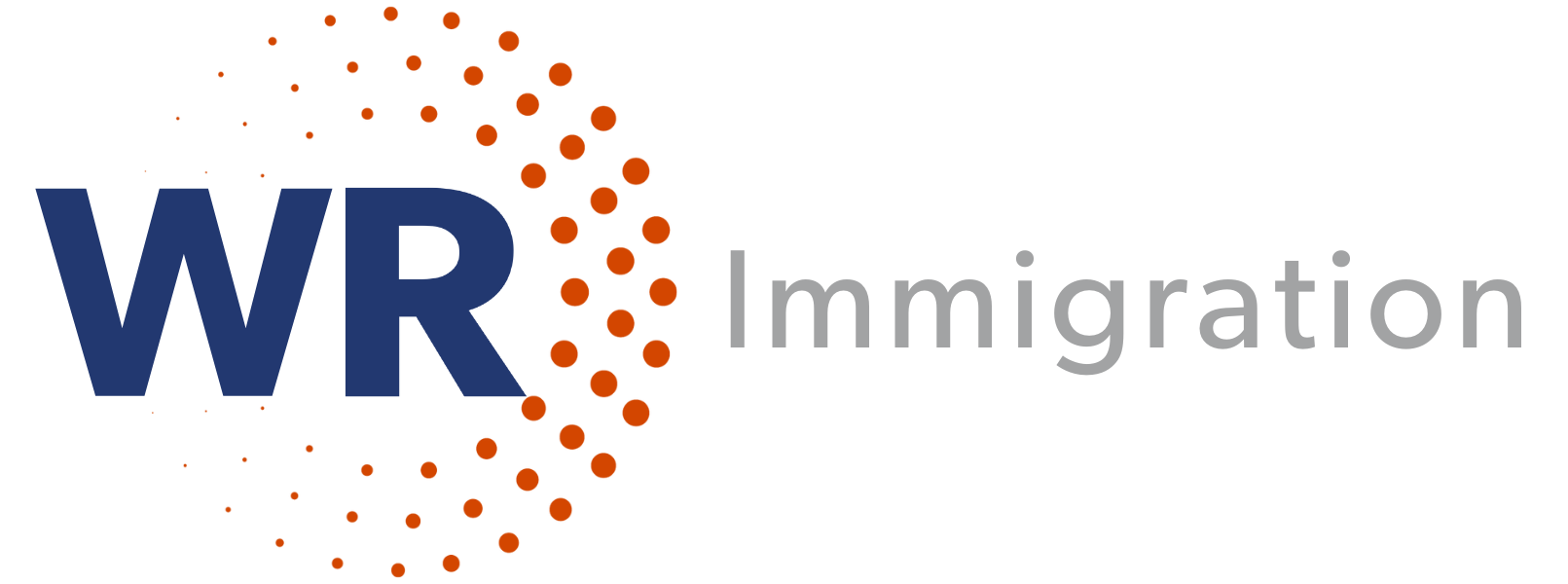Overview of the Epidemic: The spread of the coronavirus spread continues, as do containment efforts worldwide. The virus has now killed more people than the SARS epidemic, with more than 800 fatalities in China and more than 37,000 cases reported worldwide, most in mainland China.
CDC Recommendations: The Centers for Disease Control and Prevention (CDC) has released strategies for employers to use now. The CDC recommends not making determinations of risk based on country of origin, and maintaining the confidentiality of people with confirmed coronavirus infection. The CDC also recommends that employers, among other things:
-
Actively encourage sick employees to stay home, especially those with symptoms of acute respiratory illness, until they are free of fever and any other symptoms for at least 24 hours.
-
Talk with companies that provide your business with contract or temporary employees about the importance of sick employees staying home, and encourage them to develop non-punitive leave policies.
-
Do not require a healthcare provider’s note for employees who are sick.
-
Separate sick employees and send them home immediately.
-
Emphasize staying home when sick, respiratory “etiquette,” and hand hygiene by all employees.
-
Perform routine environmental cleaning.
-
Advise employees before traveling to take certain steps like checking the CDC’s Traveler’s Health Notices for the latest guidance.
Global Mobility and U.S. Immigration Update: Employers can expect increased difficulties in moving people around, especially to and from China (more about this below), and potential visa processing delays at U.S. consulates.
Reactions to the coronavirus epidemic are now restricting travel for millions of people. Below are highlights:
-
President Trump recently issued a proclamation banning certain immigrant and nonimmigrant travelers from entering the United States who were physically present within the People’s Republic of China, excluding the Special Administrative Regions of Hong Kong and Macau, during the 14-day period preceding their entry or attempted entry into the United States. Excluded from the ban are U.S. citizens and lawful permanent residents and their spouses and children, air and sea crew members (C and D visa holders), and some others.
-
Other countries announcing similar restrictions include Australia, Italy, Japan, Kazakhstan, Mongolia, Pakistan, and Russia.
-
China has suspended transportation to and from affected areas, including Wuhan, the epicenter.
-
The coronavirus travel bans are affecting international education. NAFSA: Association of International Educators has asked the Department of State to exercise favorable discretion and to give due consideration to requests to assist affected J-1 students and scholars.
-
Several cruise ships have been affected. For example, on February 9, 2020, Japanese National Health Authorities provided WHO with a detailed update on the situation of the Cruise Ship Diamond Princess, currently harbored in Yokohama, Japan. Following confirmation of a case of coronavirus (2019-nCoV), all crew and passengers were being quarantined for a 14-day period on board the vessel. The quarantine period ends February 19, 2020. As of 8 February, 64 individuals were found to have been infected with 2019-nCoV among passengers and crew members. All individuals testing positive were disembarked and admitted for medical care in infectious disease hospitals in the Yokohama area.
-
The cruise ship “World Dream” was held for four days in Hong Kong while crew members were tested for the virus, but all 3,600 people have now disembarked.
-
Royal Caribbean has banned all Chinese nationals from its cruise ships for the time being.
-
The Pentagon said it will quarantine up to 1,000 people who arrived in the United States from elsewhere, until February 29, 2020. Housing will be provided at four military bases in California, Colorado, and Texas.
-
At least 73 airlines have canceled or reduced flights to and from China and/or Hong Kong. For example, American Airlines, British Airways, Delta, Air India, and Air France suspended flights to China for varying time periods.
-
The Centers for Disease Control and Prevention (CDC) issued a Level 3 travel warning to avoid nonessential travel to China.
The World Health Organization said it does not support blanket travel restrictions, instead recommending health screenings at ports of entry and border crossings. The head of the organization said, “Travel restrictions can cause more harm than good by hindering info-sharing, medical supply chains and harming economies.”
WHO is offering online training to support the response to the outbreak. The training provides a general introduction to the coronavirus and emerging respiratory viruses and is intended for public health professionals, incident managers and personnel working for the United Nations, international organizations, and nongovernmental organizations. See the links below for details.
More Information:
-
CDC travel warning, https://wwwnc.cdc.gov/travel/notices/warning/novel-coronavirus-china
-
CDC Traveler’s Health Notices, https://wwwnc.cdc.gov/travel
-
NAFSA Coronavirus Critical Resources, https://www.nafsa.org/regulatory-information/coronavirus-critical-resources
-
NAFSA statement, “Coronavirus Travel Ban Impacts International Education,” https://www.nafsa.org/about/about-nafsa/coronavirus-travel-ban-impacts-international-education
-
WHO information on coronavirus, https://www.who.int/emergencies/diseases/novel-coronavirus-2019
-
WHO information on training, https://www.who.int/news-room/detail/07-02-2020-online-training-as-a-weapon-to-fight-the-new-coronavirus
-
WHO training, https://openwho.org/courses/introduction-to-ncov
-
WHO Situation Report as of February 9, 2020, https://www.who.int/docs/default-source/coronaviruse/situation-reports/20200209-sitrep-20-ncov.pdf?sfvrsn=6f80d1b9_4
-
News article on coronavirus and travel concerns, https://www.bbc.com/news/world-51338899
-
News article related to flight cancellations, https://www.cnn.com/2020/02/01/business/american-delta-airlines-coronavirus/index.html
-
CNN coronavirus updates, https://www.cnn.com/asia/live-news/coronavirus-outbreak-02-09-20-intl-hnk/index.html
-
List of airlines canceling flights to China, https://www.businessinsider.com/airlines-canceling-changing-flights-to-china-amid-coronavirus-fears-2020-1#airasia-1


